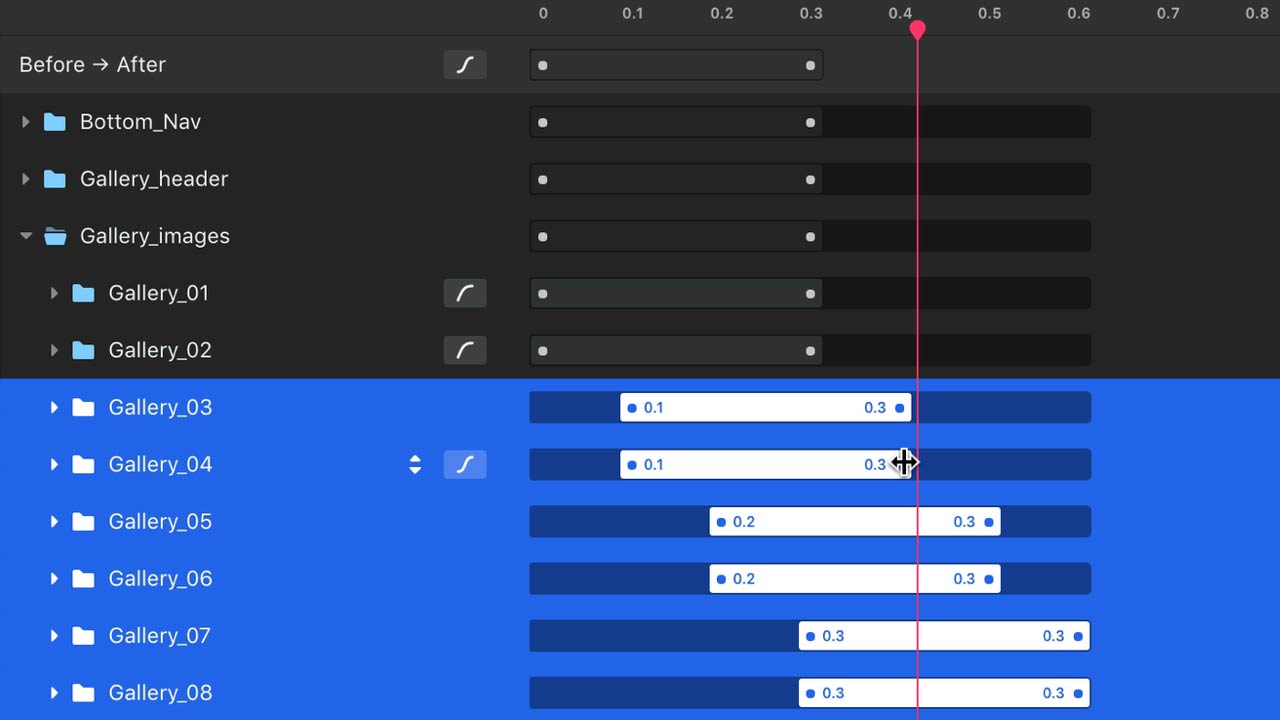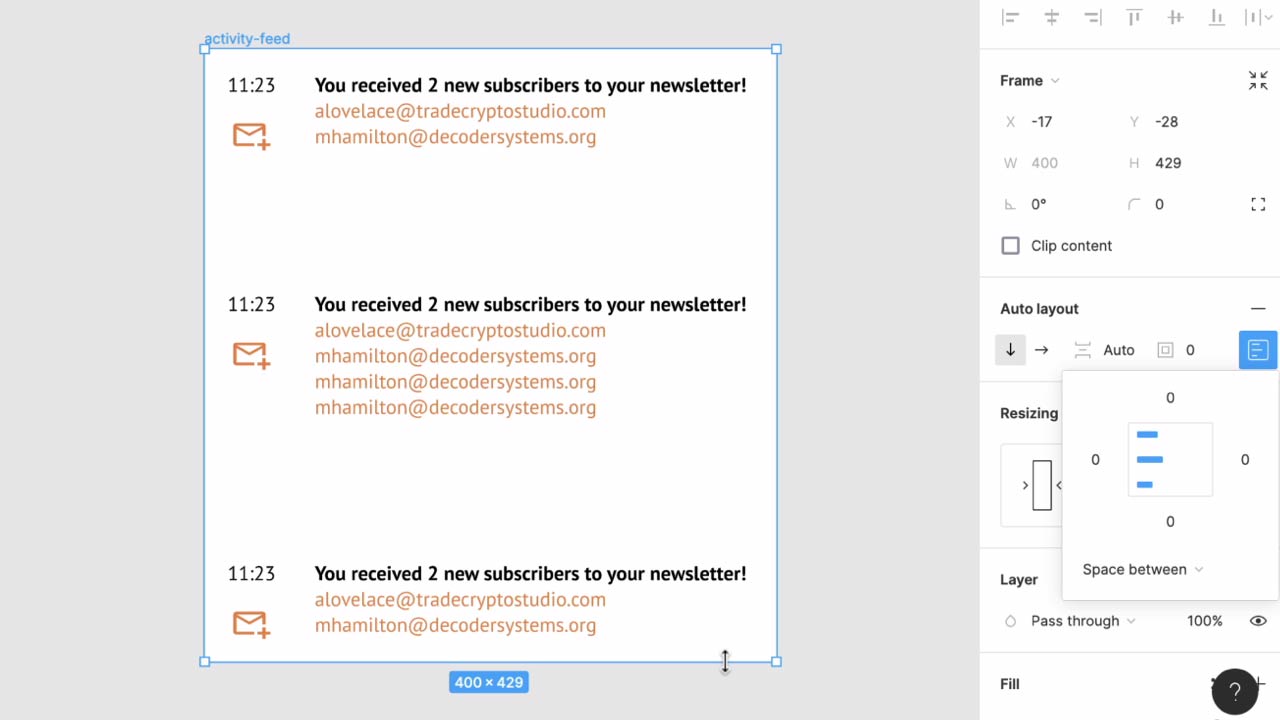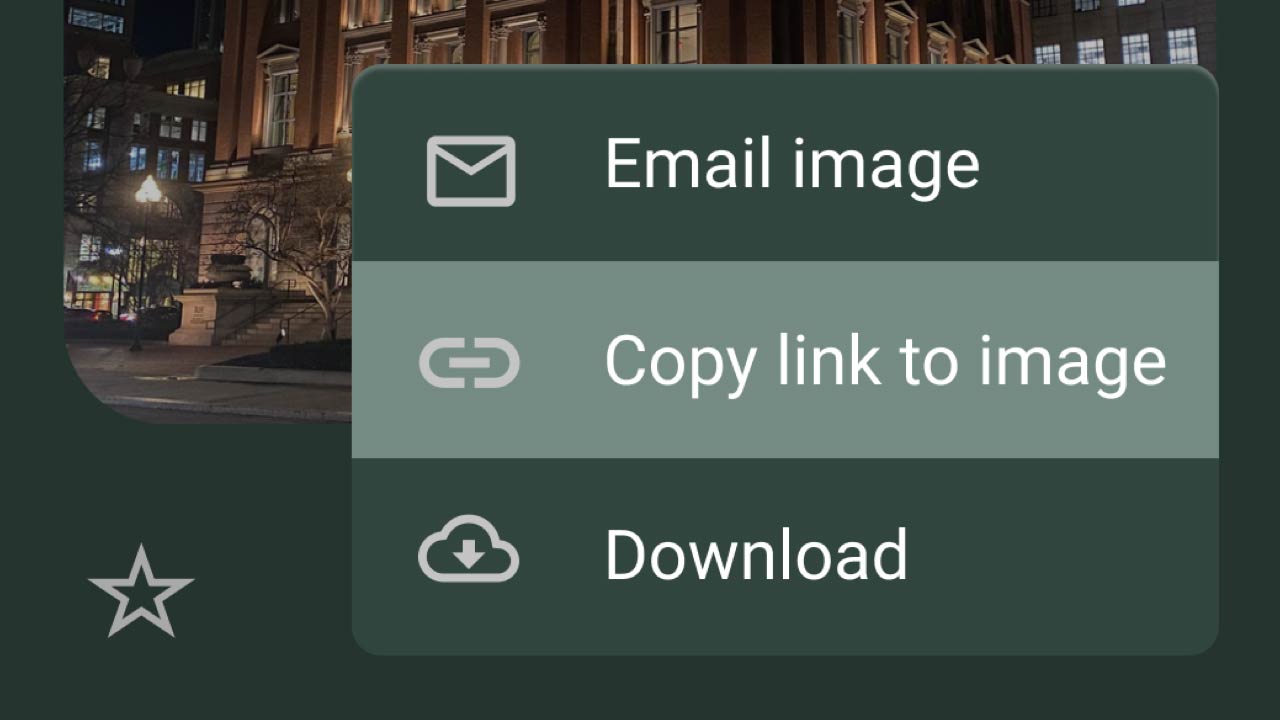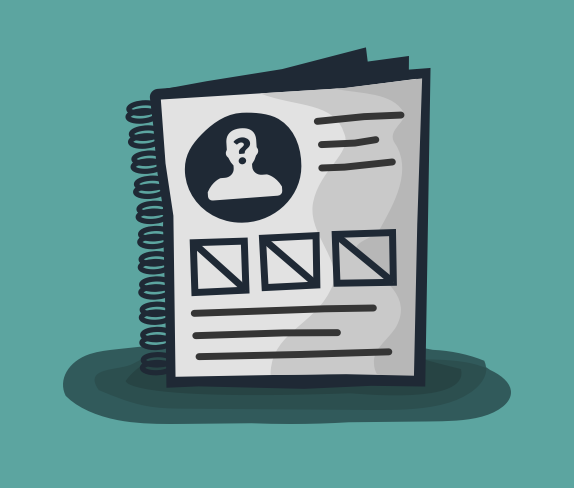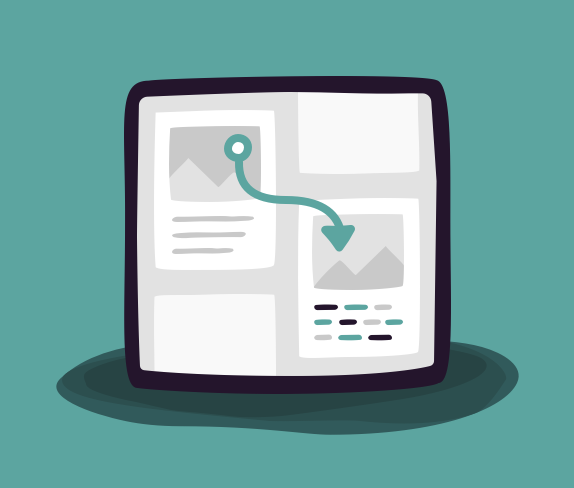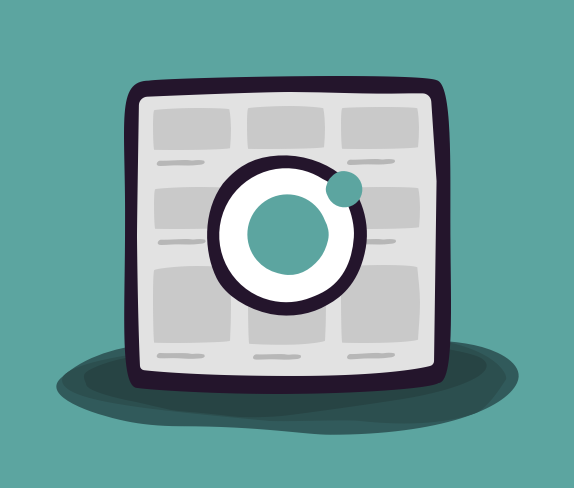UX
Conducting Customer Interviews
with Heather O’Neill, CEO of Pixels for Humans
Learn how to conduct a successful customer interview in this tutorial.
Transcript
Conducting Customer Interviews
with Heather O’Neill
In today’s Take 5 tutorial, you’re going to learn how to conduct a successful customer interview. Customer interviews are conversations where one person does the bulk of the talking, so they tend to be one sided. They’re a perfect way to get a direct line into how customers think about the problems that your product aims to solve. Let’s jump in.
Imagine you work at Adobe on XD, their prototyping software. Your user analytics show that despite being a priority initiative for 2019, only 32% of users use the Share for Review feature. In order to understand why people don’t use this feature, you conduct customer interviews.
The first Big Idea for conducting successful interviews is to: Ask thoughtful and insightful questions.
Questions are the heart of any customer interview, so writing good questions can be the difference between superficial and meaningful insights into your customer’s perspective.
Good questions follow three simple rules — open-ended, meaning they can’t be answered with just a yes or no; they’re focused on past behaviors, especially those related to using the tool; and they’re relevant to the information that you need to know so that you can draw successful conclusions. Most importantly, when creating questions, you can’t just ask participants directly what they think. Participants tend to speculate about their rationale and draw conclusions without analysis.
A bad question would be to ask, “Why don’t you use the Share for Review feature?” Because they don’t use the feature, it’s unlikely they really thought about why in any depth. Remember, you’re looking for behaviors, not opinions. Let’s take a look at a good question.
This question that asked about the specific behavior that would potentially lead someone to use the Share for Review feature without using those exact words. Asking this type of open-ended question invites users to explain what they do, not what they think.
The next Big Idea for successful interviews is to: Follow up with unexpected information.
Often, a participant will say something that you didn’t even know and thus didn’t account for in your questions set. You’ll still want to follow up.
Here’s an example:
Moderator: So you mentioned that you don’t use the Share for Review feature. Can you tell me what you do instead?
Participant: Yeah, we usually just create PDFs from the screens and then share them internally for feedback. And George mentioned to ignore the Share feature, so I ignored it. And the PDF thing works well for our team. We are an email heavy team, and it works for that method. So that’s what we do.
Moderator: Now you said something interesting I’d love to ask you more about. George told you to ignore that feature. Can you tell me a little bit more about that?
Participant: Yeah, I’m not sure that I know exactly, but I think he is worried about having feedback in too many different places at once and people not understanding what to go to see it. So I think that’s behind that decision.
Moderator: Thank you so much.
In this video, we heard the participant say, “Oh, we never use the Share for Feedback feature because George told us not to.”
Getting into that specific detail about George’s request isn’t covered by your question list. But it’s completely relevant information that you need because you didn’t even know it was happening. By following up, we now understand the problem at a deeper level and can account for this concern in our updates.
Your final Best Practice is to: Remember that you’re in charge of the conversation.
Which means you get to dictate where it goes. During the course of your interviews, you found that the last participant keeps getting sidetracked, first about their oil change, then about their weekend plans, and currently they’re talking about what’s wrong with the world today. You haven’t gotten a lot of useful information about how they use Adobe XD, and you’re almost out of time.
Here’s the secret to solving this — you can interrupt and redirect them. Once it’s clear the current line of discussion isn’t going anywhere, you can stop it. For example, you can say, excuse me, Robin, I want to stop you there for a second because I have a few more questions that I want to get to before we end our time here today.
It seems simple, but far too many interviews become unhelpful because facilitators either forget to redirect participants or are worried about interrupting. That’s the basics of conducting a successful customer interview. Thanks for watching.
